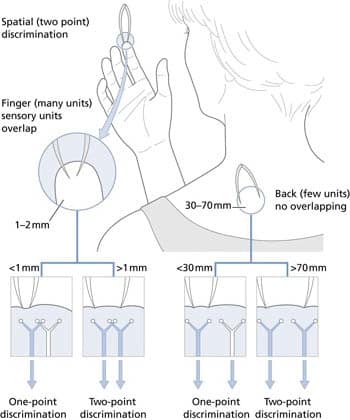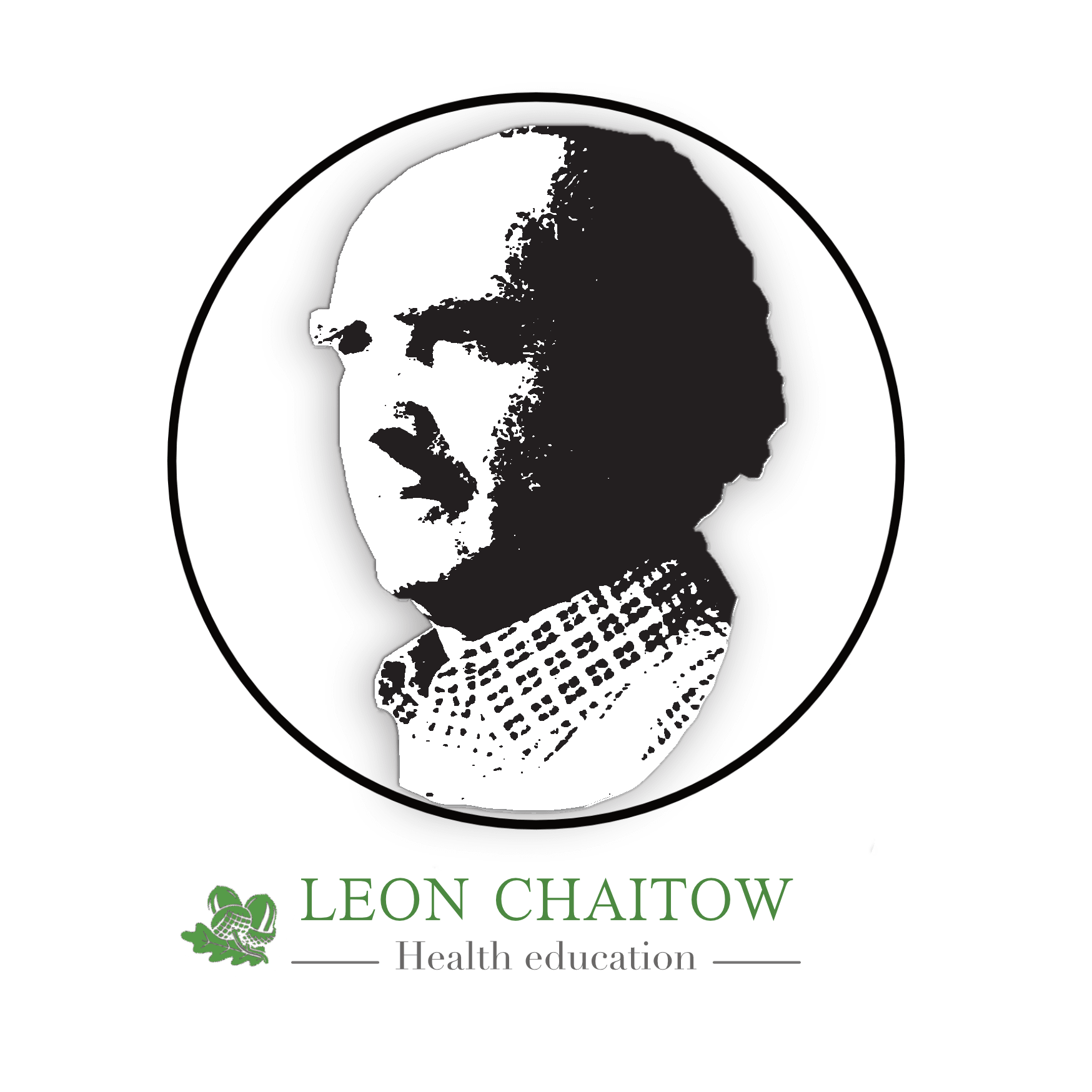I am coming to the end of a lengthy revision of one of my favourite books“Palpation and Assessment Skills“(Elsevier, Edinburgh).
This 3rd edition will appear in a year or so, after grinding through its’ production process…..
The first incarnation of this book had a different title “Palpatory Literacy“, which was thought to be a tad too highbrow I guess, so its  name changed – but its’ message remained the same – to encourage the exploration of the gathering of information by sensitive touch. Over the years the content has changed and expanded – so that the next edition will have chapters by Whitney Lowe, Tom Myers, Michael Seffinger as well a UK based expert in Chinese medicine Stefan Chmelik, and a fascinating one by my daughter Sasha, on enhancement of intuitive faculties!
name changed – but its’ message remained the same – to encourage the exploration of the gathering of information by sensitive touch. Over the years the content has changed and expanded – so that the next edition will have chapters by Whitney Lowe, Tom Myers, Michael Seffinger as well a UK based expert in Chinese medicine Stefan Chmelik, and a fascinating one by my daughter Sasha, on enhancement of intuitive faculties!
As I worked my way through the hundreds of palpation skill exercises in the 2nd edition, revising and adding new material, I was struck by the wonderful words of some of the great manual medicine pioneers – which remain inspirational ……and I thought it might be of interest to quote some of these in this posting – without comment, as they speak for themselves.
In no particular order:
Viola Frymann DO (1963): Palpation cannot be learned by reading or listening; it can only be learned by palpation.………The first step in the process of palpation is detection, the second step is amplification, and the third step must therefore be interpretation. The interpretation of the observations made by palpation is the key which makes the study of the structure and function of tissues meaningful. Nevertheless it is like the first visit to a foreign country. Numerous strange and unfamiliar sights are to be seen, but without some knowledge of the language with which to ask questions, or a guide to interpret those observations in the life and history of the country, they have little meaning to us. The third step in our study then is to be able to translate palpatory observations into meaningful anatomic, physiologic or pathologic states.
Philip Greenman DO (1989): The objectives of palpation
1. Detect abnormal tissue texture
2. Evaluate symmetry in the position of structures, both physically and visually
3. Detect and assess variations in range and quality of movement during the range, as well as the quality of the end of the range of any movement
4. Sense the position in space of yourself and the person
being palpated
5. Detect and evaluate change in the palpated findings, whether these are improving or worsening as time passes.
Karel Lewit MD (1999): Palpation of tissue structures seeks to determine the texture, resilience, warmth, humidity and the possibility of moving, stretching or compressing these structures. Concentrating on the tissues palpated, and pushing aside one layer after another, we distinguish skin, subcutaneous tissue, muscle and bone, we recognize the transition
to the tendon, and finally the insertion. Palpating bone, we recognize tuberosities (and possible changes) and locate joints. Reflex changes due to pain affect all these tissues, and can be assessed by palpation; one of the most significant factors is increased tension.
George Webster DO (1947): We should feel with our brain as well as with our fingers, that is to say, into our touch should go our concentrated attention and all the correlated knowledge that we canbring to bear upon the case before us.
Fred Mitchell Jr DO (1976): The necessity for projecting one’s tactile senses to varying distances through an intervening medium, must seem mystical and esoteric to many beginning students. Yet even when one is palpating surface textures the information reaches one’s nervous system through one’s own intervening integument. Students are often troubled by the challenge of palpating an internal organ through overlying skin, subcutaneous fascia and fat, muscle, deep fascia, subserous fascia and peritoneum.
Denis Brooks DO (1997): We must learn to palpate through our fingers, not with them.
John Upledger DO (1987): Learning to trust your hands is not an easy task. You must learn to shut off your conscious, critical mind while you palpate for subtle changes in the body you are examining. You must adopt an empirical attitude so that you may temporarily accept without question those perceptions which come into your brain from your hands. Although this attitude is unpalatable to most scientists it is recommended that you give it a trial. After you have developed your palpatory skill, you can criticise what you have felt with your hands. If you criticise before you learn to palpate, you will never learn to palpate, you will never learn to use your hands effectively as the highly sensitive diagnostic and therapeutic instruments which, in fact, they are.
W.G Sutherland DO (1948): It is necessary to develop fingers with brain cells in their tips, fingers capable of feeling, thinking, seeing. Therefore
first instruct the fingers how to feel, how to think, how to see, and then let them touch.
Ida Rolf (1977) (discussing changes following treatment): You can feel the energy and tone flow into and through the myofascial unit . . . dissolving the ‘glue’ that, in holding the fascial envelopes together, has given the feeling of
bunched and undifferentiated flesh. As fascial tone improves, individual muscles glide over one another, and the flesh – no longer ‘too, too solid’ –
reminds the searching fingers of layers of silk that glide on one another with a suggestion of opulence.
Don Murphy DC (2000): Palpation encompasses static palpation, such as for skin temperature and texture, masses, myofascial trigger points, or soft tissue changes; motion palpation for assessing joint function; and muscle length tests for assessing muscle function. So it is used in the detection
of red flags for serious disease, the primary pain generator(s), and the key dysfunctions and dysfunctional changes. There is no substitute for good palpation skills in examining patients . . . The two most important tools
that are used in the process of examination are those of sight and touch (in addition to hearing) . . . palpation in particular, is a skill that is invaluable in the assessment of locomotor system function.
Geoffrey Maitland PT (2001): In the vertebral column, it is palpation that is the most important and the most difficult skill to learn. To achieve this skill it is necessary to be able to feel, by palpation, the difference in the spinal segments – normal to abnormal; old or new; hypomobile or hypermobile – and then be able to relate the response, site, depth and relevance to a patient’s symptoms (structure, source and causes). This requires an honest, self-critical attitude, and also applies to the testing of functional movements and combined physiological test movements. It takes at least 10 years for any clinician (even one who has an inborn ability) to learn the relationship between her hands, the pain responses, and her mind.
Hopefully…food for thought!
References
- Brooks, R., 1997. Life in motion, the osteopathic vision of Rollin E. Becker, D.O. Rudra Press, Portland, OR.
- Frymann, V., 1963. Palpation – its study in the workshop. Academy of Applied Osteopathy Yearbook, Newark, OH.
- Greenman, P., 1989. Principles of manual medicine. Williams and Wilkins, Baltimore.
- Lewit, K., 1999. Manipulation in rehabilitation of the motor system, third ed. Butterworths, London.
- Maitland, G., 2001. Maitland’s vertebral manipulation, sixth ed. Butterworth Heinemann, Oxford.
- Mitchell Jr., F., 1976. Training and measuring sensory literacy. Yearbook of the American Academy of Osteopathy, Newark, OH.
- Murphy, D., 2000. Conservative management of cervical spine syndromes. McGraw-Hill, New York.
- Rolf, I., 1977. Rolfing: the integration of human structures. Harper and Row, New York.
- Sutherland, W.G., 1948. The cranial bowl. Mankato, Minnesota.
- Upledger, J. 1987. Craniosacral therapy. Eastland Press, Seattle.
- Webster, G., 1947. Feel of the tissues. Yearbook of the American Academy of Osteopathy
